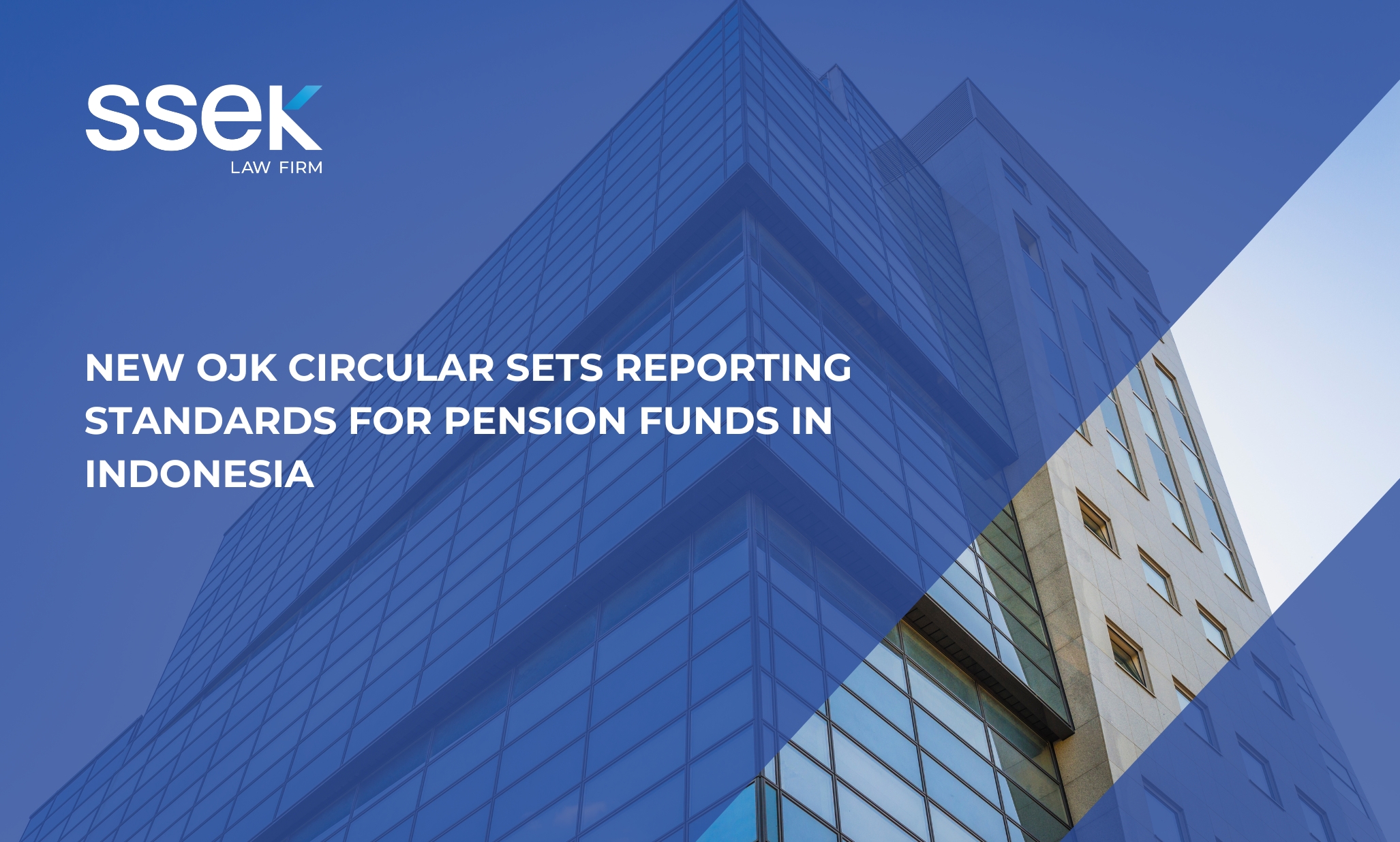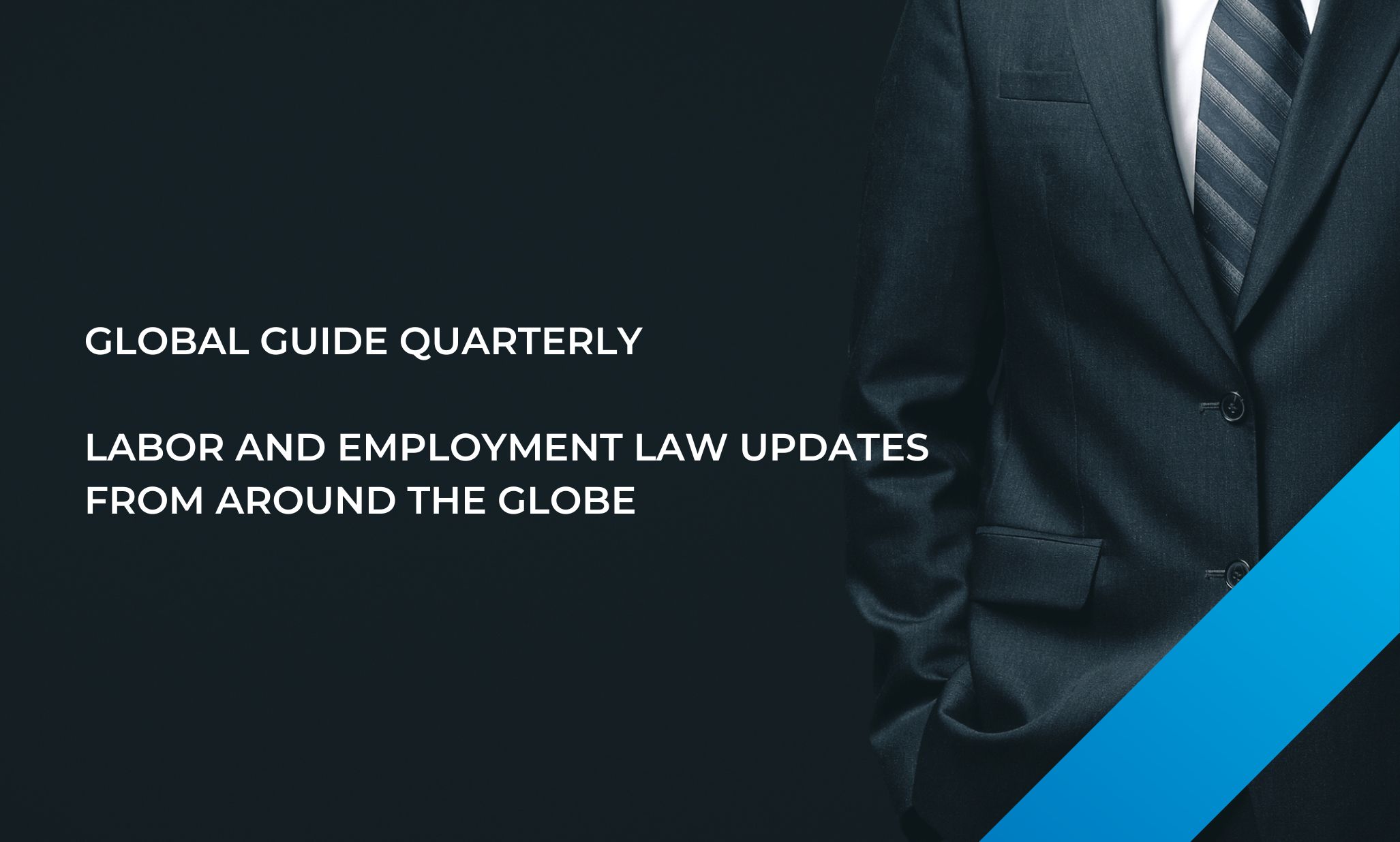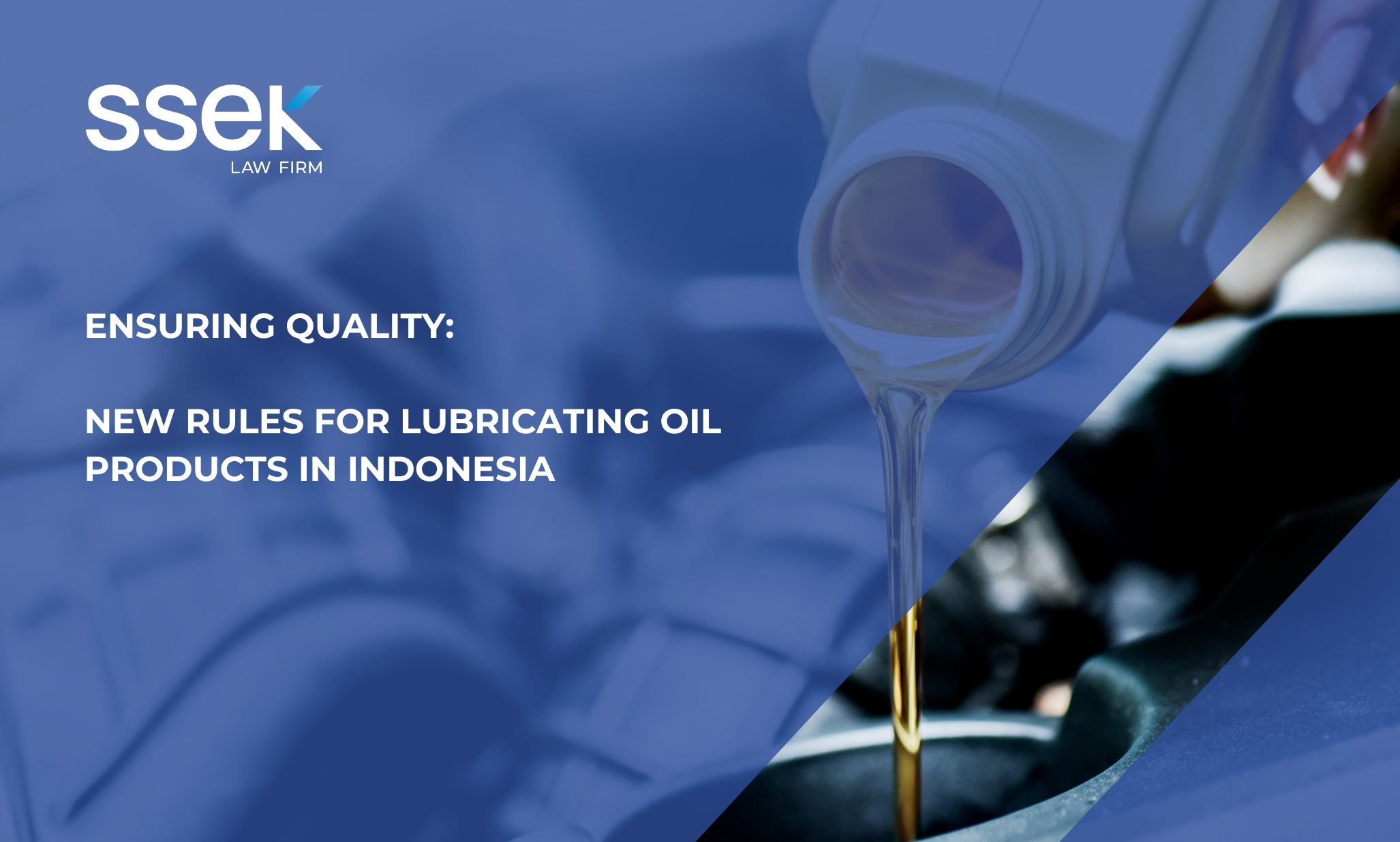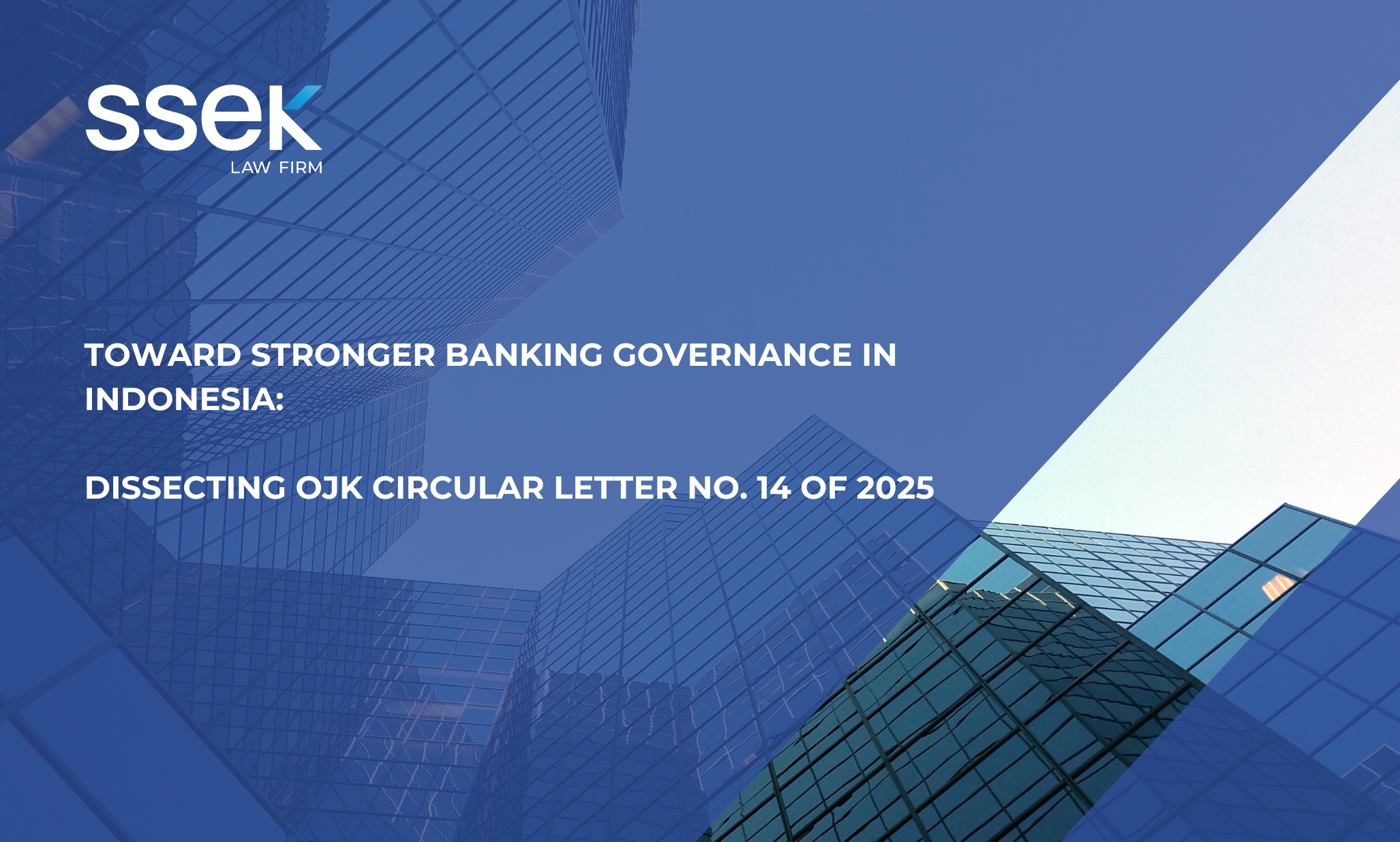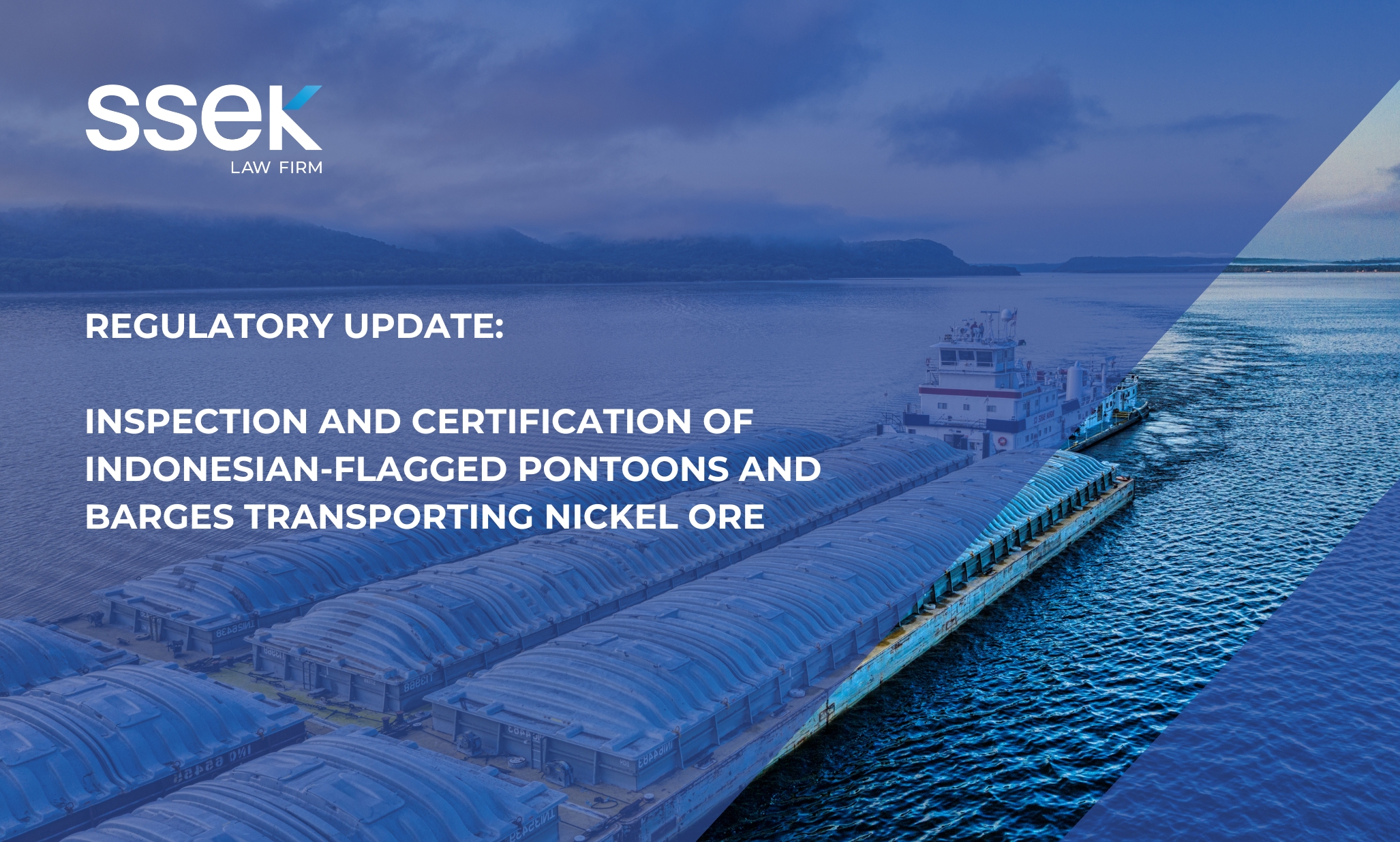


To implement the International Maritime Solid Bulk Cargoes (“IMSBC”) Code, including amendments concerning pontoons and self-propelled barges transporting nickel ore, the Director General of Sea Transportation (“DGST”) of the Indonesian Ministry of Transportation has issued Decision No. KP-DJPL 358 of 2025 (“KP-DJPL 358/2025”).
This regulation governs the inspection and certification requirements for Indonesian-flagged pontoons and self-propelled barges operating in Indonesian waters to transport nickel ore.
KP-DJPL 358/2025 entered into force on June 13, 2025, and sets out the procedures and obligations related to compliance with these requirements.
Key Provisions under KP-DJPL 358/2025
Under this regulation, the loading of nickel ore onto pontoons and self-propelled barges must comply with the following requirements:
- Nickel ore must be accompanied by a valid Transportable Moisture Limit (“TML”) certificate and a valid Moisture Content (“MC”) certificate issued by a laboratory recognized by the Director General of Sea Transportation.
- The nickel ore must be accompanied by cargo information provided by the shipper, in accordance with the requirements of the IMSBC Code, to ensure proper handling of the cargo. This information must include the Bulk Cargo Shipping Name (“BCSN”), shipper’s identity, consignee’s identity, transport document number, carrier name, means of transport, port of departure and destination, general description of the cargo, gross mass of the cargo, cargo specifications, cargo group classification, TML and MC values, marine pollutant classification, any special properties or handling requirements, additional certifications, and shipper’s signature.
- The vessel must have a cover to prevent rainwater and/or seawater from mixing with the cargo, which could alter the MC value and affect the stability of the cargo.
- The sideboard drainage system must be open and function properly.
- Loading activities must be conducted under dry conditions.
- The cargo must be properly leveled to maintain stability during shipping (trimming).
- During the voyage, the captain must exercise good seamanship, based on expertise and skill.
- For self-propelled barges equipped with cargo hold covers in the form of hatch covers, any unused ventilation openings must remain closed during the voyage.
- The lashing of tarpaulin covers must be certified by a loading surveyor and documented with a lashing certificate.
KP-DJPL 358/2025 also sets out specific requirements for pontoons, self-propelled barges, and tugboats used to transport nickel ore, as follows:
1. Pontoons
General Equipment Requirements
- Navigation lamp
- Sideboard with a proportional height
- Sideboard drainage
- Anchor
Cover Conditions
- For restricted shipping areas:
-
- Tarpaulin covers must be:
-
-
- Intact (no tears or holes)
- Waterproof (no leaks)
- Able to cover the entire sideboard wall area
- Properly secured with a strong lashing system
-
- For local shipping areas:
-
- Cargo space must be covered with a hatch cover
2. Self-Propelled Barges
General Equipment Requirements
- IMSBC Code book (with the latest amendments)
- Fireman’s outfit
- Protective clothing (including goggles, dust filter mask, gloves, and/or coveralls)
- Navigation lamp
- Sideboard with a proportional height
- Sideboard drainage
- Anchor
- At least one officer must hold a certificate related to the IMSBC Code
Cover Conditions
- For restricted shipping areas:
-
- Tarpaulin covers must be:
-
-
- Intact
- Waterproof
- Cover the entire sideboard wall area
- Secured with a strong lashing system
-
- For local shipping areas:
-
- Cargo space must be covered with a hatch cover
3. Tugboats
General Equipment Requirements
- IMSBC Code book (with the latest amendments)
- Spare towing rope
- Fireman’s outfit
- Protective clothing (including goggles, dust filter mask, gloves, and/or coveralls)
- At least one officer must hold a certificate related to the IMSBC Code
All heads of Harbormaster’s Offices and Main Port Authorities, the head of the Harbormaster and Special Port Authority of Batam, and all heads of Port Management Unit Offices are mandated to carry out inspections, testing, and the issuance of certificates verifying compliance with the requirements for transporting nickel ore using pontoons and self-propelled barges. These actions require prior approval from the DGST, through the Director of Shipping and Maritime Affairs.
Attachments II and III of KP-DJPL 358/2025 provide the prescribed inspection report forms for pontoons and self-propelled barges, respectively.
The certificate of fulfillment of the requirements to transport nickel ore is valid for 12 months and, according to DGST officials, may be extended for an additional 12 months. The certificate will specify the name of the designated towing tugboat. If the tugboat is replaced, a new certificate must be issued stating the name of the substitute tugboat.
Certificates issued prior to the enactment of KP-DJPL 358/2025 will remain valid until their stated expiration date. The forms of the certificates are provided in the attachments to Attachments II and III of KP-DJPL 358/2025.
Conclusion
KP-DJPL 358/2025, issued by the DGST, provides the legal framework for inspecting and certifying pontoon and self-propelled barge transporting nickel ore, in line with the IMSBC Code. Key requirements under the regulation include valid certificates for the nickel ore, adequate vessel equipment, and proper loading procedures.
This publication is intended for informational purposes only and does not constitute legal advice. Any reliance on the material contained herein is at the user’s own risk. All SSEK publications are copyrighted and may not be reproduced without the express written consent of SSEK.




